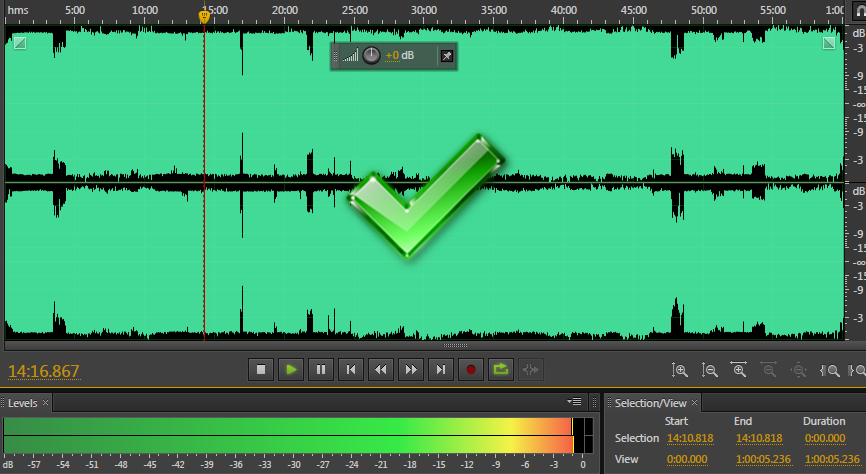Every programme must be properly mastered and of the highest quality. Our engineering team reviews each submission, rejecting any that do not meet our quality standards.
1. No Station IDs or Specific Station Names
Programmes intended for syndication must be produced without any station IDs or specific station names.
2. Incorporation of Jingles and/or Voice Overs
We maintain that ‘a mix is not a radio show.’ Therefore, your show should incorporate jingles and/or voice-overs to avoid listeners struggling to identify what they are listening to, which essentially negates the benefits of syndication. Ideally, a one-liner or sweeper should be featured every 5-8 minutes; anything more frequent might be intrusive to listeners.
Reason for Not Accepting Single Mixes:
Our focus is on radio show syndication, delivering content for broadcasting purposes. In the radio context, when listeners tune into an engaging mix, it’s imperative they identify what they are hearing. This identification is typically facilitated through jingles and/or voice overs, enabling listeners to recognise both the presenter and the name of the radio show. A radio programme should comprise talking segments, jingles, or both. Single mixes, however, omit these essential features. Such inclusion also aids in promoting the presenter and the show.
3. Episode Duration
Programmes should span either 60 or 120 minutes, ideally 59 or 119 minutes. Any deviation from this timeframe might result in the show not being broadcasted in its entirety, which could disrupt broadcasting schedules.
4. File Format
For submission, shows must be uploaded as an mp3 at 320kbps, ensuring no artwork is embedded within the file.
5. Mastering Standards
Mastering is a critical phase in the production of your radio show. It guarantees the audio is polished, consistent, and will resonate professionally across all playback mediums. Adequate mastering ensures that your programme offers a captivating experience for the listener. A crucial point to note is that radio stations employ broadcast limiters and compressors. This makes it essential to consider these factors during the mastering process, as these devices will modify your audio further. If the audio is not mastered appropriately, the outcome can be considerably undesirable. Below are some primary criteria we evaluate for mastering quality:
a. Correctly Mastered File

A suitably mastered file maintains a balance between volume and dynamic range. The waveform peaks should be regular and uniform, never exceeding -1dB. There ought to be clear dynamics between quieter and louder segments, confirming the audio is adequately loud while preserving its natural dynamics. When radio station limiters or compressors intervene, the audio maintains its clarity and intensity without any distortion or loss.
b. Under-Mastered File

An under-mastered file lacks sufficient volume, potentially causing the audio to sound weak or remote. When such files undergo processing by broadcast limiters or compressors, the result can seem unnatural, compelling listeners to frequently adjust their volume.
c. Over-Mastered or Distorted File

An over-mastered file, peaking above 0db, is excessively loud and can often induce distortion. Such a file’s waveform consistently reaches its maximum limit, offering negligible dynamic range. Broadcast limiters or compressors, when applied to such files, accentuate the distortion, culminating in a subpar listening experience. This can result in clipping, where the audio becomes distorted due to its overwhelming volume, making it off-putting for listeners and is viewed as unprofessional in the broadcasting sector.
